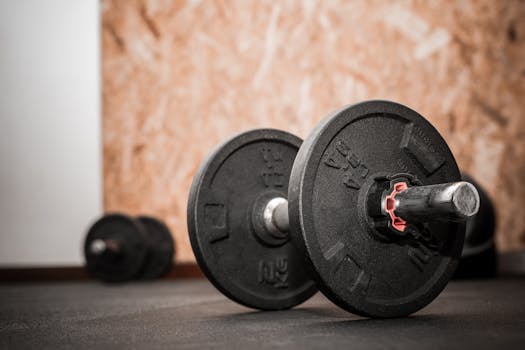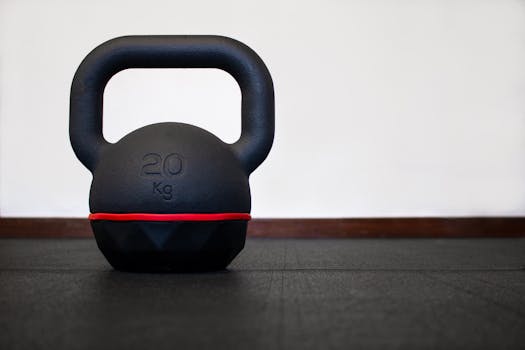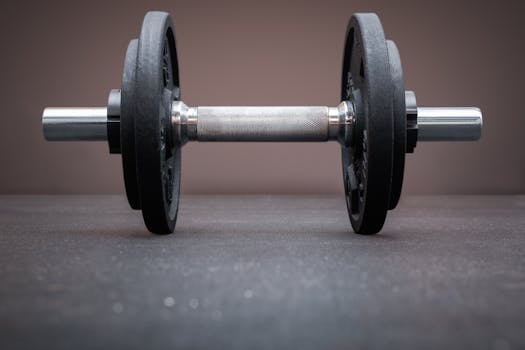
Unlocking Fat Loss: The Power of High-Intensity Interval Training
Takeaways: High-Intensity Interval Training (HIIT) is a time-efficient workout that boosts metabolism, burns fat, and improves cardiovascular health. By incorporating short bursts of intense activity followed by recovery periods, you can maximize calorie burn and enhance your fitness levels.
In this article, we will explore the fundamentals of HIIT, its benefits for fat loss, and how to effectively integrate it into your fitness regimen.
Understanding High-Intensity Interval Training (HIIT)

The key to HIIT is pushing yourself to your maximum effort during the high-intensity intervals, followed by a recovery phase that allows your heart rate to lower before the next intense bout. This cycle can vary in duration, typically lasting anywhere from 20 seconds to several minutes for high-intensity efforts, followed by equal or longer rest periods.
Research has shown that HIIT can lead to significant improvements in aerobic and anaerobic fitness, making it an efficient training method for those looking to burn fat and improve overall health.
The Science Behind HIIT and Fat Loss

Firstly, HIIT elevates your heart rate significantly, leading to higher calorie burn during the workout. However, the benefits don’t stop there. HIIT also triggers a phenomenon known as excess post-exercise oxygen consumption (EPOC), or the afterburn effect. After an intense HIIT session, your body continues to burn calories as it works to recover and return to its resting state. This can lead to increased calorie expenditure for hours after your workout.
Moreover, HIIT has been shown to improve insulin sensitivity, which can aid in fat loss by allowing your body to use glucose more efficiently. This is particularly beneficial for those looking to manage their weight and reduce body fat percentage.
Integrating HIIT Into Your Routine
Getting started with High-Intensity Interval Training doesn’t require any special equipment or gym membership; it can be done at home or outdoors. Here are some practical tips to effectively integrate HIIT into your fitness routine:
- Choose Your Activity: Decide on an exercise that you enjoy and can perform at high intensity. This could be sprinting, cycling, jumping rope, or bodyweight exercises like burpees and squats.
- Start Slowly: If you are new to HIIT, begin with shorter intervals (20-30 seconds of work followed by 1-2 minutes of rest) and gradually increase the intensity and duration as your fitness improves.
- Frequency: Aim to incorporate HIIT workouts into your routine 2-3 times a week, allowing for recovery days in between to prevent overtraining.
- Warm-Up and Cool Down: Always warm up before your HIIT session and cool down afterward to prevent injury and aid recovery.
- Track Your Progress: Keep a record of your workouts, including the exercises performed, intervals, and how you felt. This can help you stay motivated and make adjustments as needed.
Conclusion

Whether you’re a seasoned athlete or just starting your fitness journey, incorporating HIIT into your routine can lead to significant results in a shorter amount of time. Remember to listen to your body, start at a comfortable pace, and gradually progress to more challenging workouts. With consistency and dedication, you’ll be well on your way to achieving your fat loss goals through HIIT.
